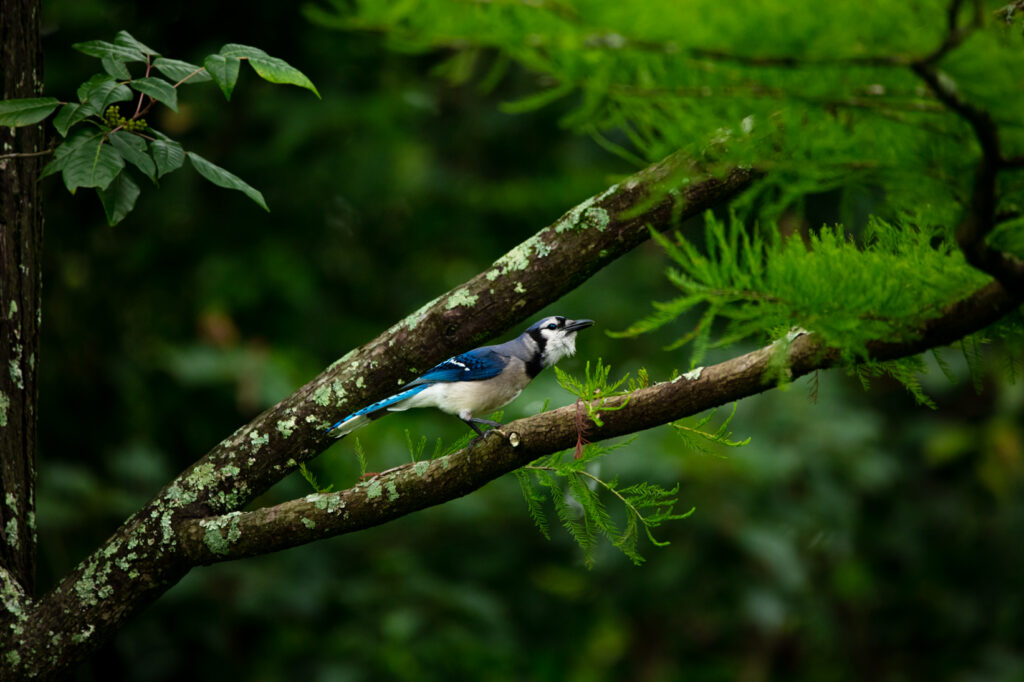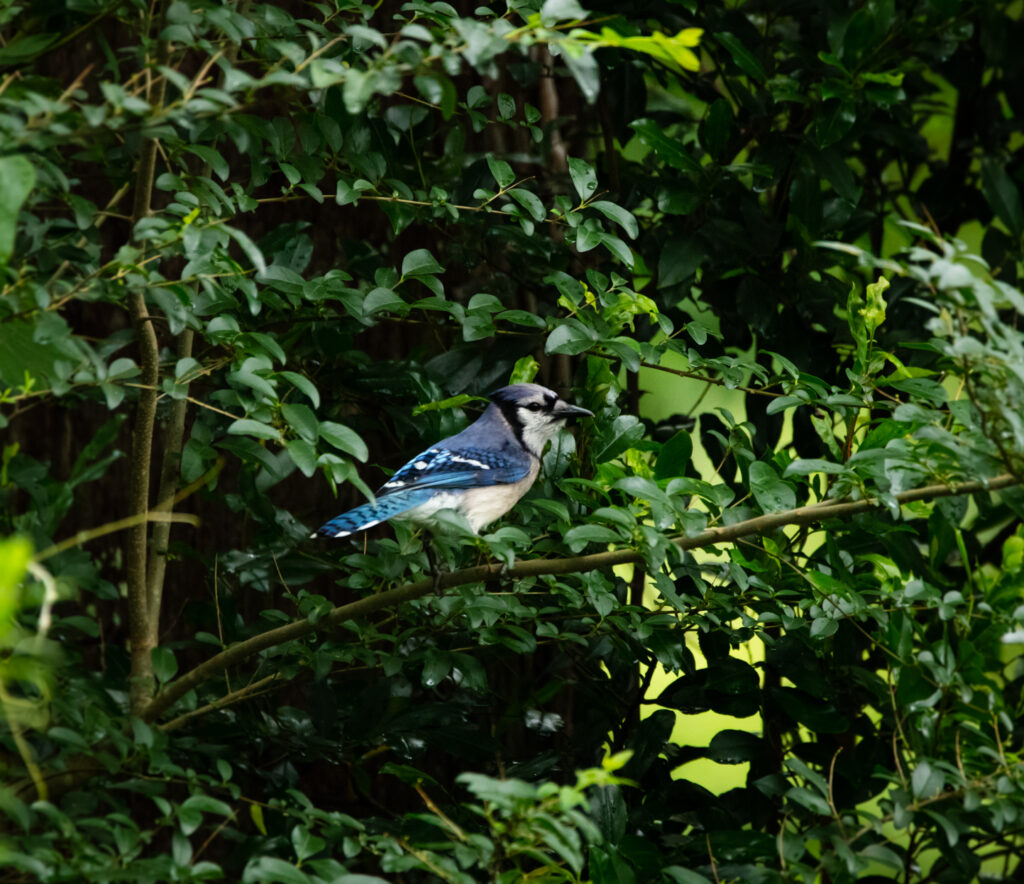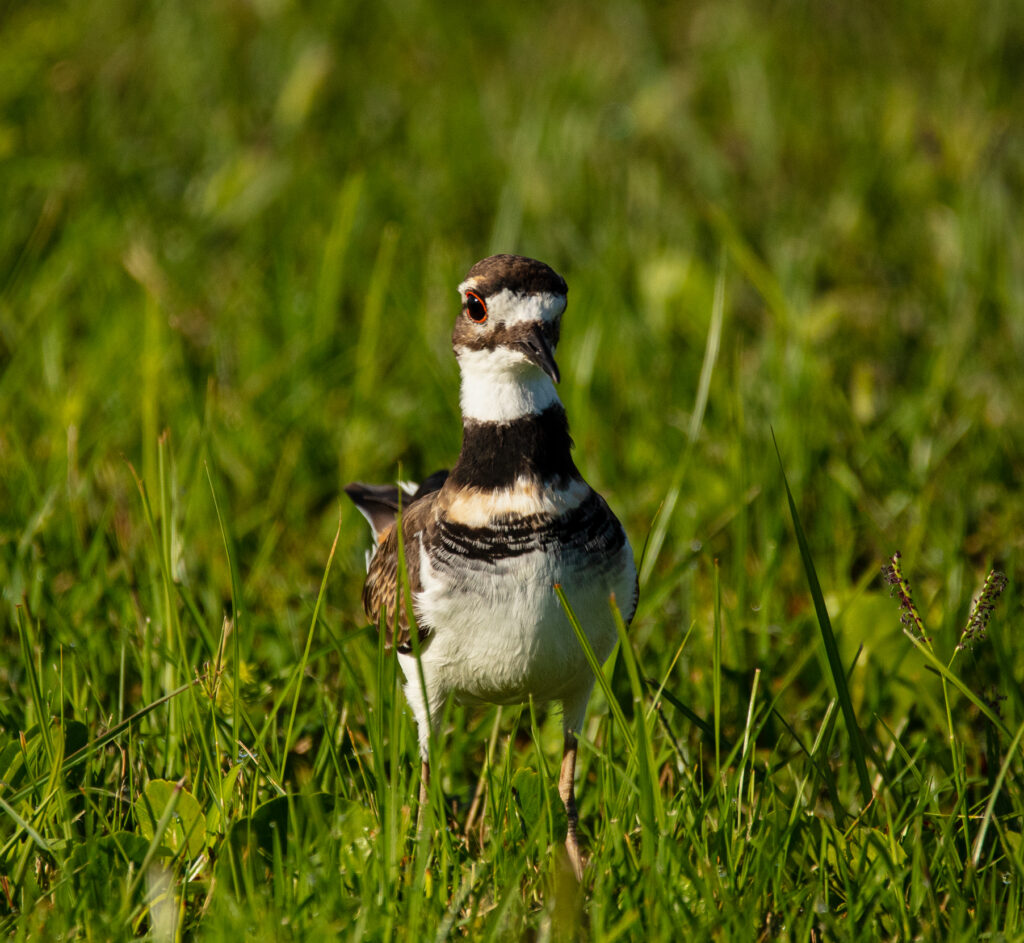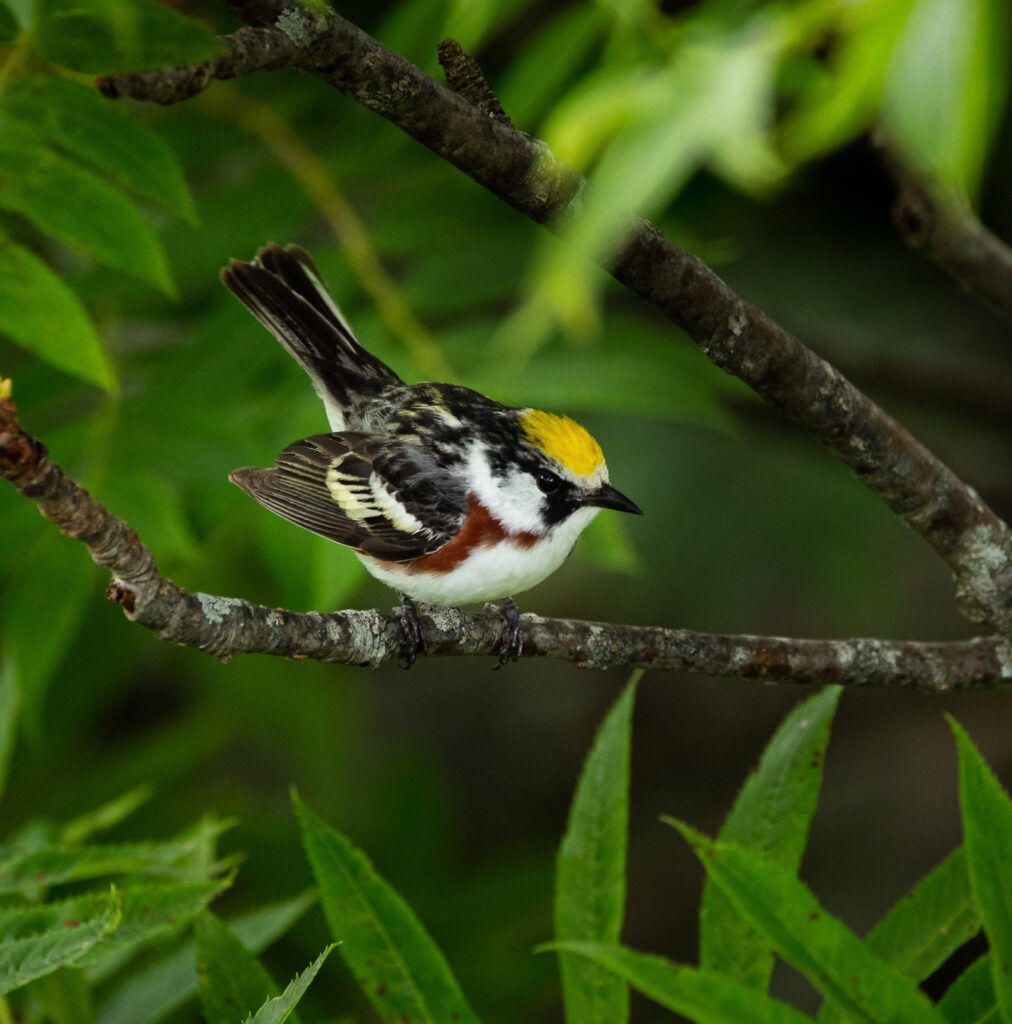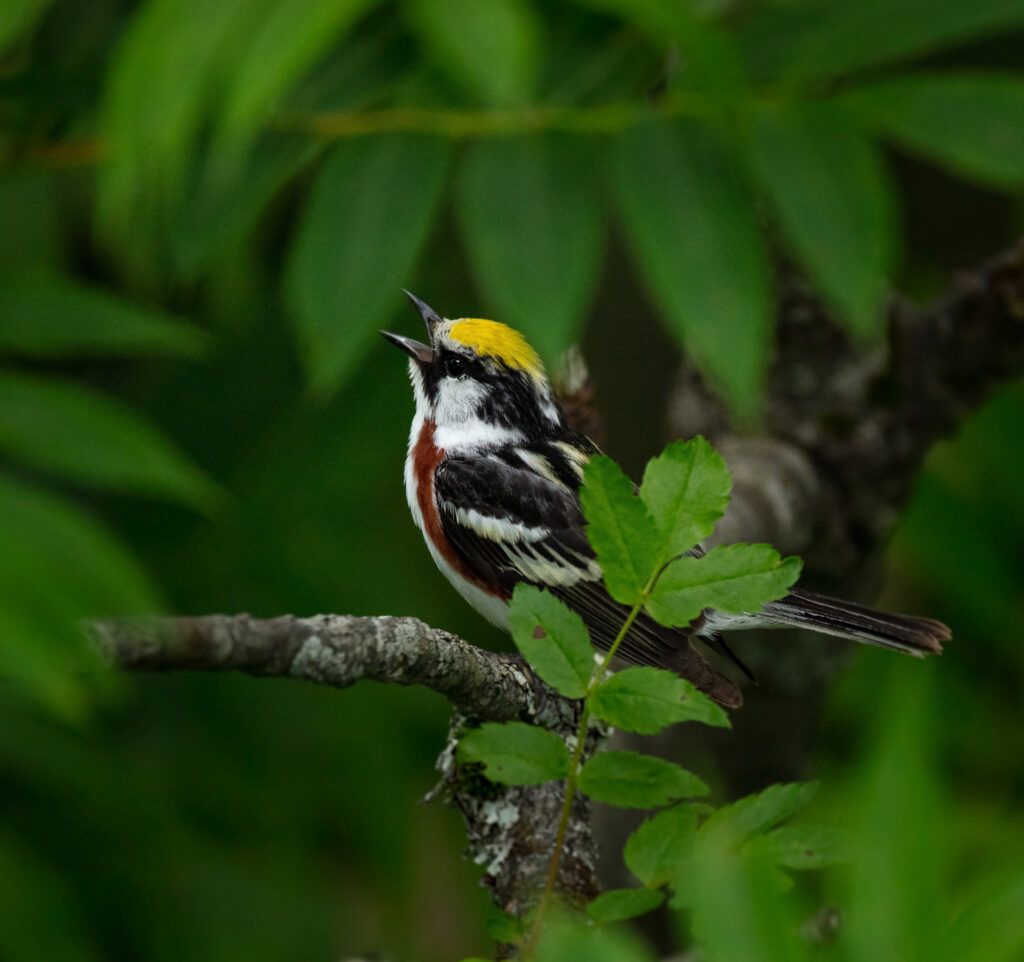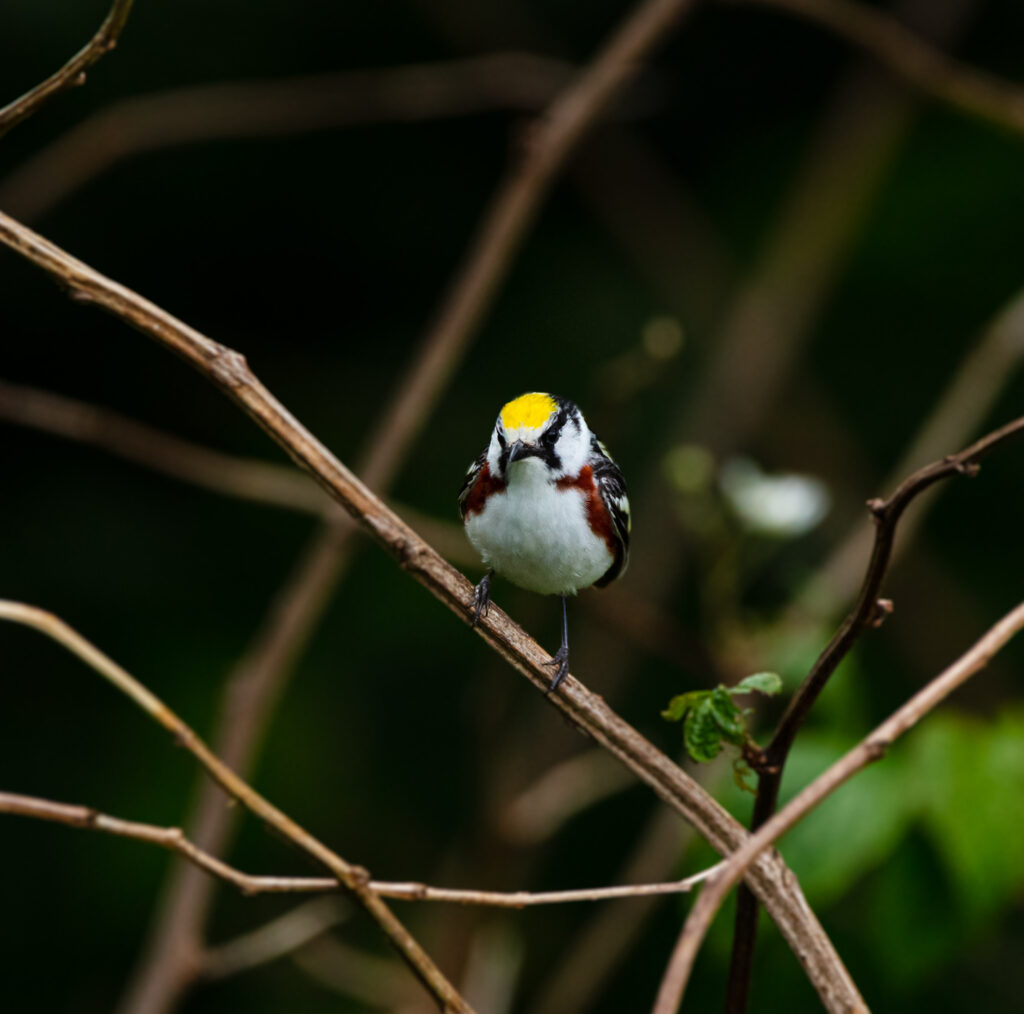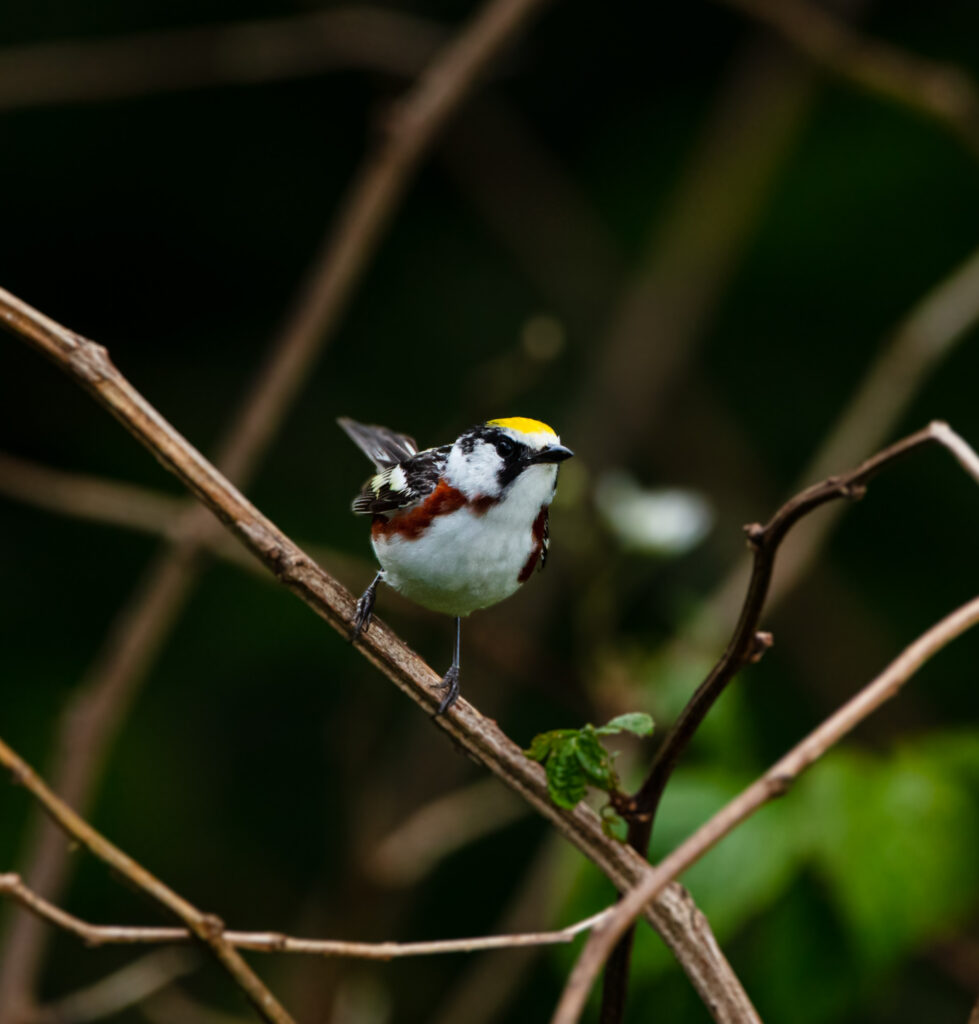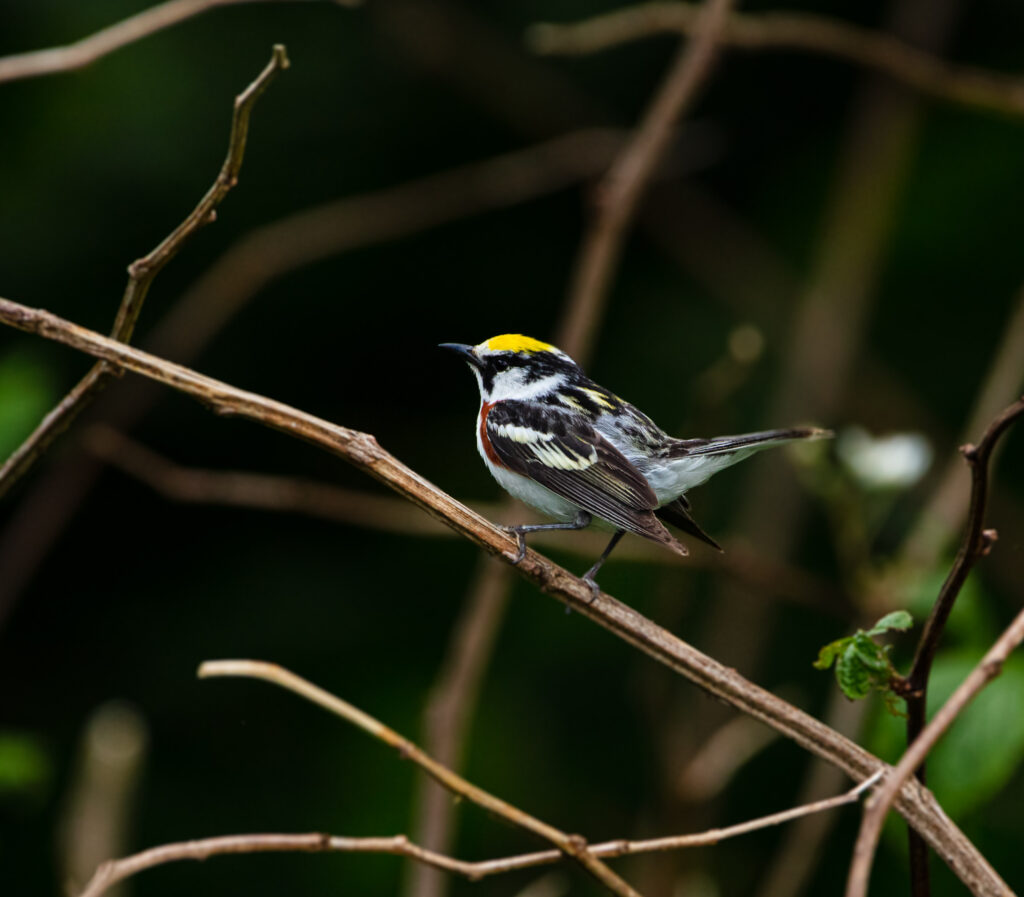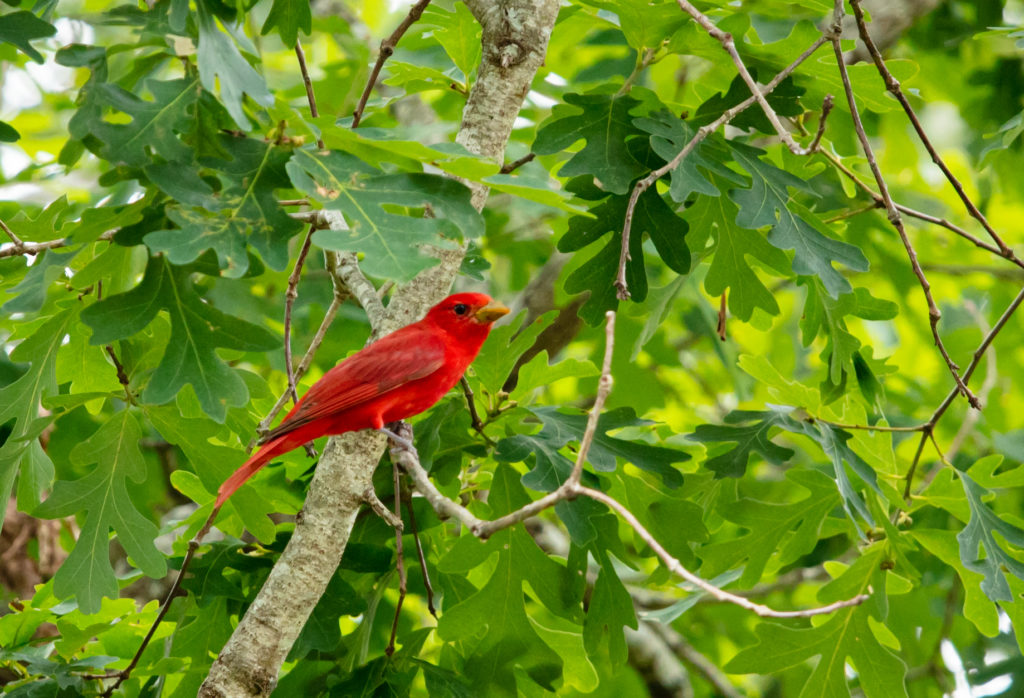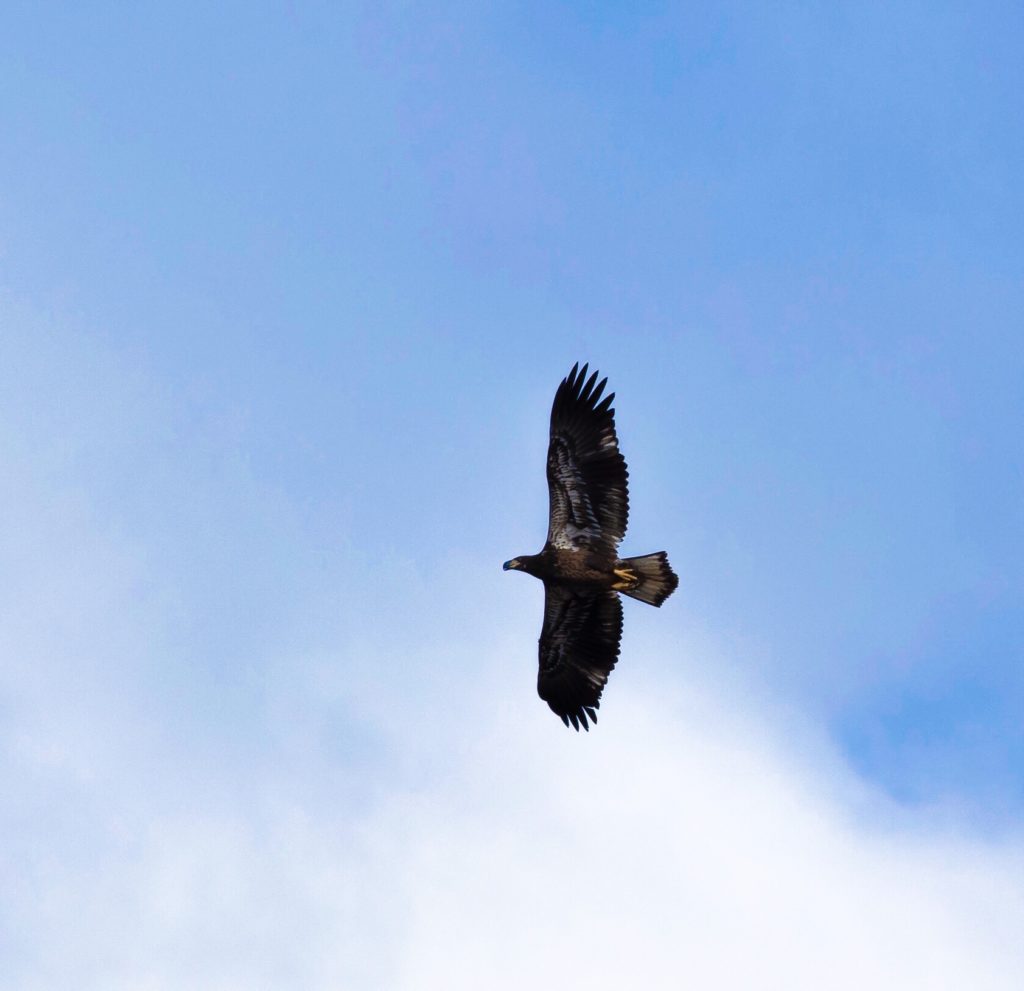I had a wonderful time yesterday morning leading a birding trip at Yates Mill Park in Raleigh N.C.
We found 30 species of birds including the unexpected sighting of a Northern Harrier. (photos coming soon!)
It was absolutely awesome to connect with my fellow bird lovers who adore these feathered gems as much as I do 🙂

One of the highlights of the day was an encounter with this handsome Yellow-rumped Warbler. He put on quite a show, flying in very close to land on a sapling about 4-5 feet away from our vantage point.
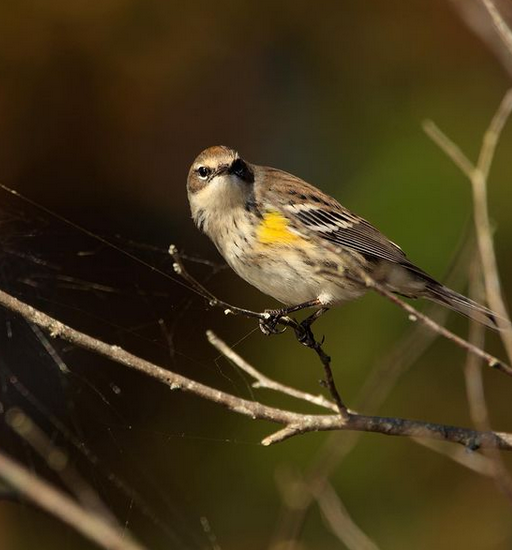
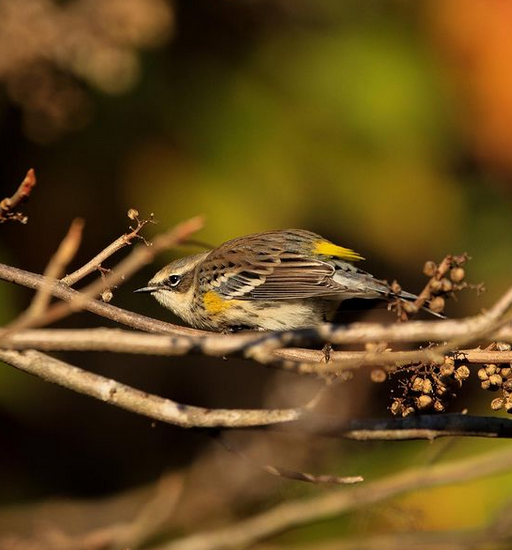

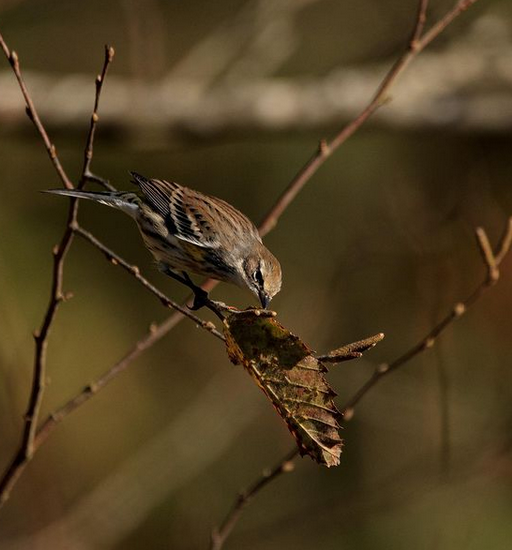
At times he would gulp down a dried berry or two and pick at the leaves for a six legged meal, others he simply sat there in the warm sun calmly watching us.
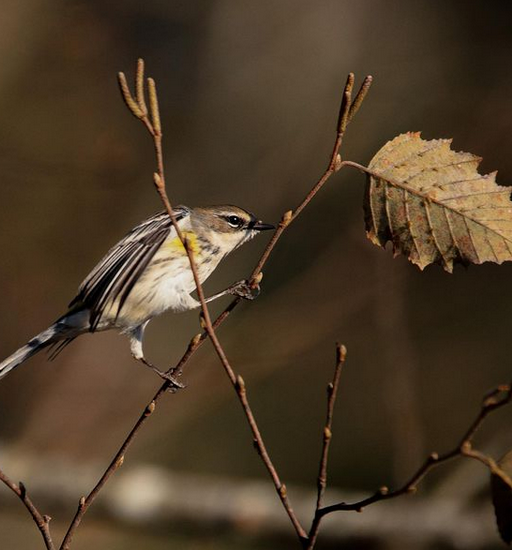
Yellow-rumped Warblers are one of my favorite wintertime birds. They are curious little creatures who are likely to come say hello to ya if you softly pish at them.
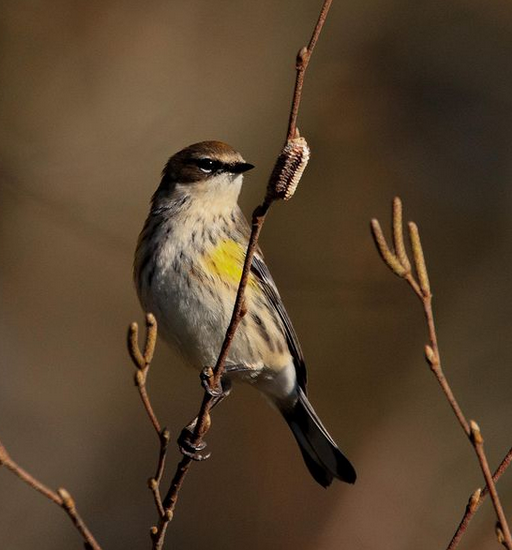
Soon the leaves will have fallen from the trees and the landscape will become a study of varying shades of grey and brown.
This means these little birds will have to blend in perfectly with their habitats so during the cooler months, they’re dressed in “drab” winter plumage of soft greys, charcoal, white and yellow.
Their muted color palette aids in camouflaging the birds from predators in the woods and brush. Nevertheless, if you swipe to the last photo in this post, you’ll see why the nickname of “butter butt” fits them nicely all year round lol!
😉
Photos by @sally_siko of @birdwatching_nc on the fabulous full frame @canonusa
#5Ds

